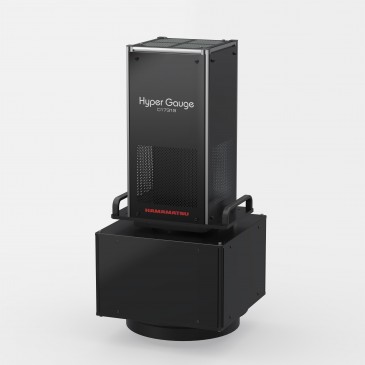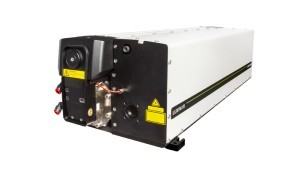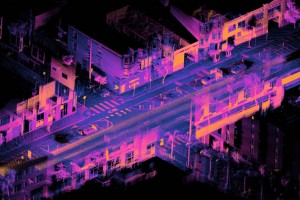
Lidar sensors are now firmly established as an essential component of many mapping, navigation and localization applications. Although most of the attention in this field remains focused on the use of lidar in autonomous vehicles, several interesting initiatives are underway that demonstrate the equally innovative use of the technology in autonomous robotic systems. So, what types of autonomous systems is lidar technology currently used in? And what innovations and trends can we expect in the use of laser and optics technology in lidar-equipped autonomous robots over the next few years?
Heathrow Airport
The impressive utility of lidar technology is becoming increasingly well understood by robotic technology experts. Designers and developers across a wide variety of industries now recognize that most applications can benefit from the detailed 3D data provided by lidar sensors. These sensors are typically used in conjunction with cameras and sometimes with radar to provide the most complete view of the surrounding environment, and bring a range of benefits to these types of applications, including the ability to measure depth in a 3D environment with very high precision, the ability to 'see' in variable light conditions, and up to a 360-degree horizontal field of view.
One interesting example is at London-based technology start-up BotsAndUs, which has embarked on a pilot project with Heathrow Airport and British Airways to deploy its lidar-based autonomous robotics platform at the airport to help travellers find their way around the Terminal 5 building and obtain instant access to accurate information related to their journey, as well as provide assistance with tasks like check-in and baggage drop-off.
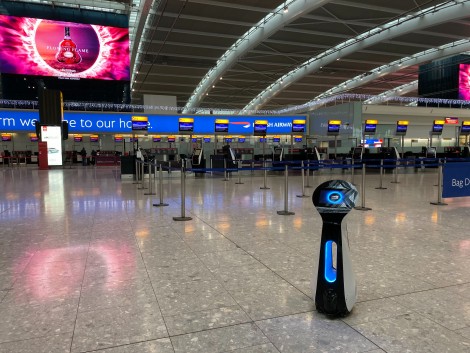
As Andrei Danescu Co-Founder and CEO at BotsAndUs, explained, the company worked alongside a dedicated team from Heathrow Airport to establish the most appropriate functions for the robots and build a passenger-focused user interface.
"The robots are user-friendly for all passenger demographics, as well as touch and voice enabled. Once launched, they operate with full autonomy, making passenger journeys hassle-free. So far, the average number of interactions have exceeded expectations by over 250%. Also, staff got very accustomed to directing visitors to use the robot and reported saving significant time by not having to constantly assist with simple and repetitive requests," he said.
Future applications
Each BotsAndUs robot contains an integrated 3D lidar sensor from manufacturers like Hokuyo, Robosense and Sick. The sensors offer a 180-degree range and sub-centimetre accuracy, and they are used to generate huge 3D maps that the device uses to navigate predictably around its environment, and enable it to 'see' obstacles and update its trajectory within milliseconds.
"Being able to accurately measure distances and perceive objects means object recognition and reconstruction from 3D surface points can be derived, opening up multi-dimensional planning options in complex, unstructured environments," said Danescu.
Looking ahead, Danescu predicts that automation will continue to be embraced across key sectors like retail, hospitality and travel, particularly to support staff with simple, repetitive tasks so they have more time to 'focus on the element that matters most - a seamless, personalised customer experience.'
"Most industries are currently facing challenges associated with the inability to operate in normal market conditions due to the COVID-19 lockdowns and travel bans. Although the fight is still being fought, it has already become clear that state-of-the-art automation solutions will become the norm once the pandemic recedes. The need for automation is felt across healthcare and manufacturing, retail and delivery logistics, customer interaction and service," he said.
"Whether the negative impact of the crisis intensifies or not, there is and there will be an opportunity for companies with technology solutions automating physical business processes involving humans. If the robotics value proposition has been automating 'dull and repetitive work,' it has now become automating 'dull, repetitive and dangerous work,'" he added.
Digital architecture
Elsewhere, California-based company Ouster has teamed up with U.S. courier company Postmates on a project to supply its lidar sensors for use in autonomous delivery robots in dense urban environments in Los Angeles. As Derek Frome, Director of Marketing at Ouster, explains, the multi-beam flash lidar architecture in Ouster's OS1 lidar sensors are a 'critical part' of the Postmates 'Serve' Autonomous Delivery Rover - providing it with the ability to 'sense, classify, and understand its immediate environment.'
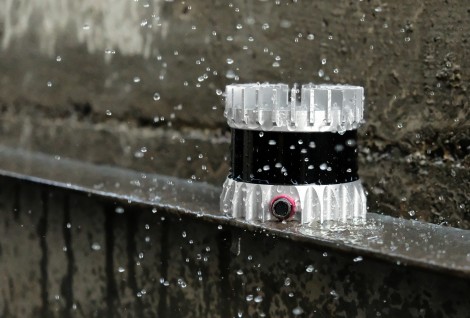
According to Frome, most lidar sensors currently available are based on what he describes as 'fundamentally analog designs' - with hand placed laser diodes, spinning polygons and tiny mirrors that are '"near the limit of their performance' and 'suffer from high failure rates in the field.' In contrast, a key distinguishing feature of the Ouster lidar is that it is based on a simplified digital design using two tiny semiconductor chips for the laser and receiver arrays.
"Ouster's digital lidar architecture is a step-change for the industry. It's a super high-performance version of what Apple just put in the iPad Pro, which demonstrates just how inexpensive these technologies can get," he said.
Each sensor contains vertical-cavity surface-emitting lasers (VCSELs) alongside a single photon avalanche diode (SPAD) receiver array - a type of sensor that is sensitive enough to measure individual photons in the lidar sensor's laser wavelength. By using these chips, Frome claims that the company is 'putting lidar on a Moore's Law improvement curve for years to come, where performance will continue to increase rapidly while prices fall at the same time.'
"There's no doubt at this point that lidar is going digital and it's never going back. The performance, reliability, and cost characteristics of VCSEL and SPAD technologies are unrivalled and are already starting to take over this industry," he said.
"Customers are using our sensors in nearly every industry imaginable, from delivery robots like Serve to autonomous vehicles and shuttles, mining vehicles, airborne mapping, factory robots and forklifts, and many more," he added.
Written by Andrew Williams, Contributing Editor, Novus Light Technologies Today

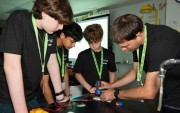




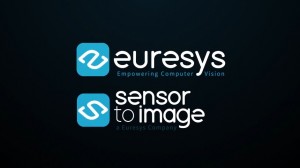
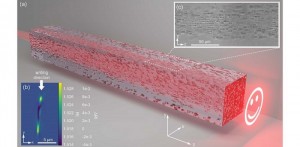
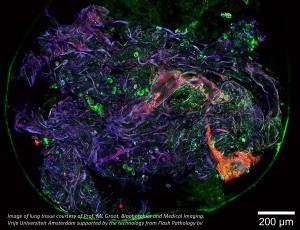

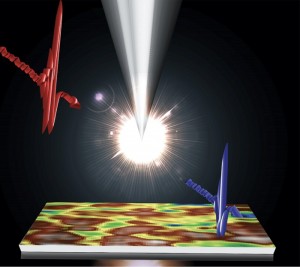
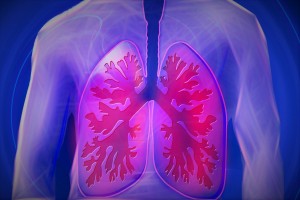
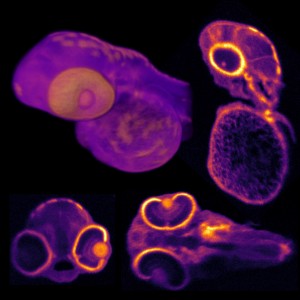
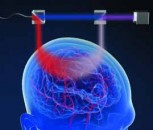
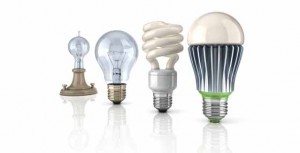
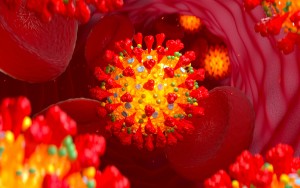















 Back to Features
Back to Features